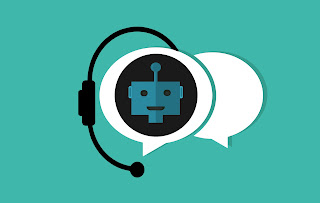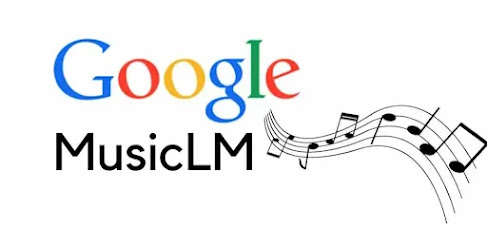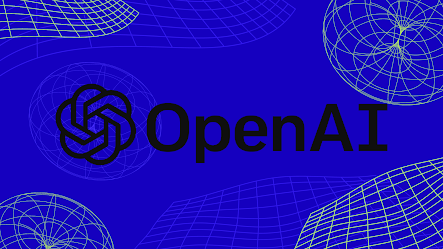Future of Chatbots and Digital Assistant

Chatbots and digital assistants have become an increasingly common presence in our lives over the past few years, with more and more companies and individuals using them for a variety of purposes. But what does the future hold for these technologies? In this article, we'll explore some of the potential advancements and changes we may see in chatbots and digital assistants over the next decade. Advances in Artificial Intelligence One of the main drivers of change in the chatbot and digital assistant landscape is likely to be advances in artificial intelligence (AI). As AI technologies continue to improve, chatbots and digital assistants will become more capable of understanding and responding to natural language queries, learning from previous interactions, and providing more accurate and helpful responses. This could lead to a wide range of new use cases for chatbots and digital assistants , from providing more personalized customer service to helping individuals manage their he...




.png)








.png)



.png)


